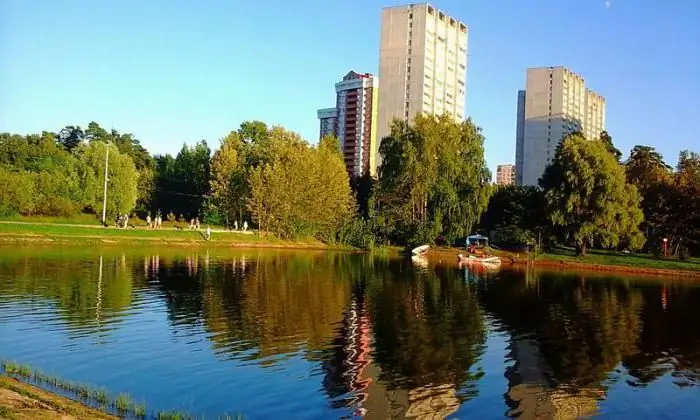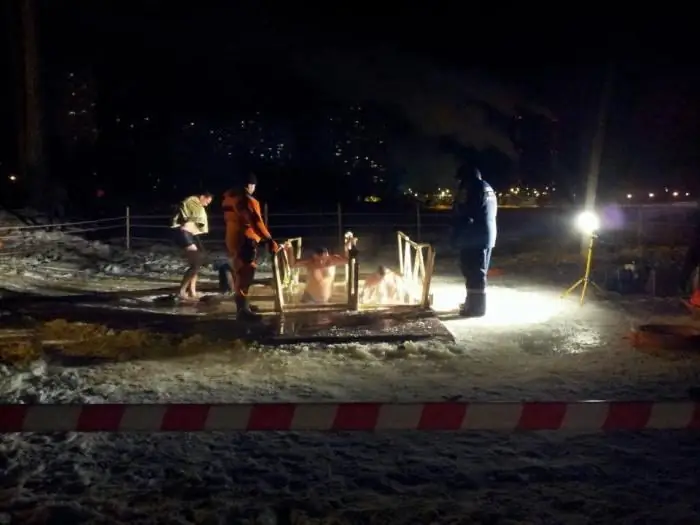- Author Harold Hamphrey [email protected].
- Public 2023-12-17 10:06.
- Last modified 2025-01-24 11:10.
In 1703, at the behest of Peter I, a city was founded at the mouth of the Neva River, nicknamed St. Petersburg. After nine years, it became the capital of Russia and carried this proud title for more than two centuries. The construction was difficult, because there were only swamps around. And no roads. None other than the river. But despite the bitter lack of roads, the city developed and demanded considerable attention. In 1843, the construction of the Nikolaev railway began. She was supposed to connect Peter and Moscow with the help of steam locomotives. Outlandish in those days for many citizens of cars. The road was vital and, above all, for the development of industry. And locomotives, releasing smoke from their chimneys, began to run between cities, delivering goods, and at the same time passengers.
Steam locomotive and "Vodokachka"
But this outlandish beast is so arranged that it needs water to work. Heating up and turning into steam, it actually was the driving force of a huge roaring machine. And the road is long … Where can the steam locomotive get this water? Therefore, artificial reservoirs began to appear along the railway. One of them wasbuilt in 1861 on the territory of modern Zelenograd.

And the name was given - "Vodokachka Pond". Before the advent of electric locomotives, all steam boilers of railway transport were refueled here with life-giving moisture. Like any pond, "Vodokachka", and later Lake School in Zelenograd, has its own history. There were also stories about him. Often with a mystical color, which was enhanced by grimy and cheerful stokers. This was before the war.
School Lake in Zelenograd, post-war period
Many old-timers remember the lake as a fabulous place, it was so beautiful there. Around it was a forest of ancient pines and young firs. The children swam in the summer, contrary to all parental prohibitions, as if this water attracted and beckoned. Time passed, the war passed. The most terrible and bloody for this land. The lake has changed little since the war.

Here are just the tops of fir trees, cut off by shells, and the ditches reminded of past battles. Boys and girls frolicked in the same way, birds sang in the same way. And silence … And also boats that were easily tied to a small pier with oars at the bottom. Anyone can ride on the lake. And as a rule, when returning, they left the boats in the same place, on the pier.
School Lake in Zelenograd, the history of the name
And the industry developed. Our country, having risen from the ruins, was rebuilt. By the end of the 1940s, electric locomotives began to appear. The former Nikolaev railway, of course, did notexception. In 1948, the first electric trains were launched. The need for the "Vodokachka" seemed to have disappeared. And the lake turned into a bathing place for local children who gladly came running here from a summer camp. It was located in the school and was open all summer for children of all ages. Since that time, the body of water beloved by the locals was renamed the Shkolnoye Lake in Zelenograd. Currently, there are two schools next to it, so it lives up to its name.
Recreation area for everyone
And the city is developing rapidly. Now, instead of Khrushchev, there are elite houses. Lake Shkolnoe in Zelenograd has become an accessible recreation area. Nearby is a forest park area, benches where you can sit with children or a cheerful company. There is free parking nearby, and many come here when the public beach opens.

There are volleyball and table tennis grounds, playgrounds on the Shkolnoye Lake in Zelenograd. Little mischievous people here spend a lot of time with their mothers, so they are cozy and comfortable. Lifeguards are on duty for the safety of the swimmers. On the lake you can relax not only in summer, but also in winter. When snow falls, hiking trails are cleared around the lake. On the magical night of Epiphany, an ice hole appears on Lake Shkolnoye in Zelenograd for everyone to take a dip. At any time of the year, the lake has clean air and beauty that is impossible not to admire. And silence…






